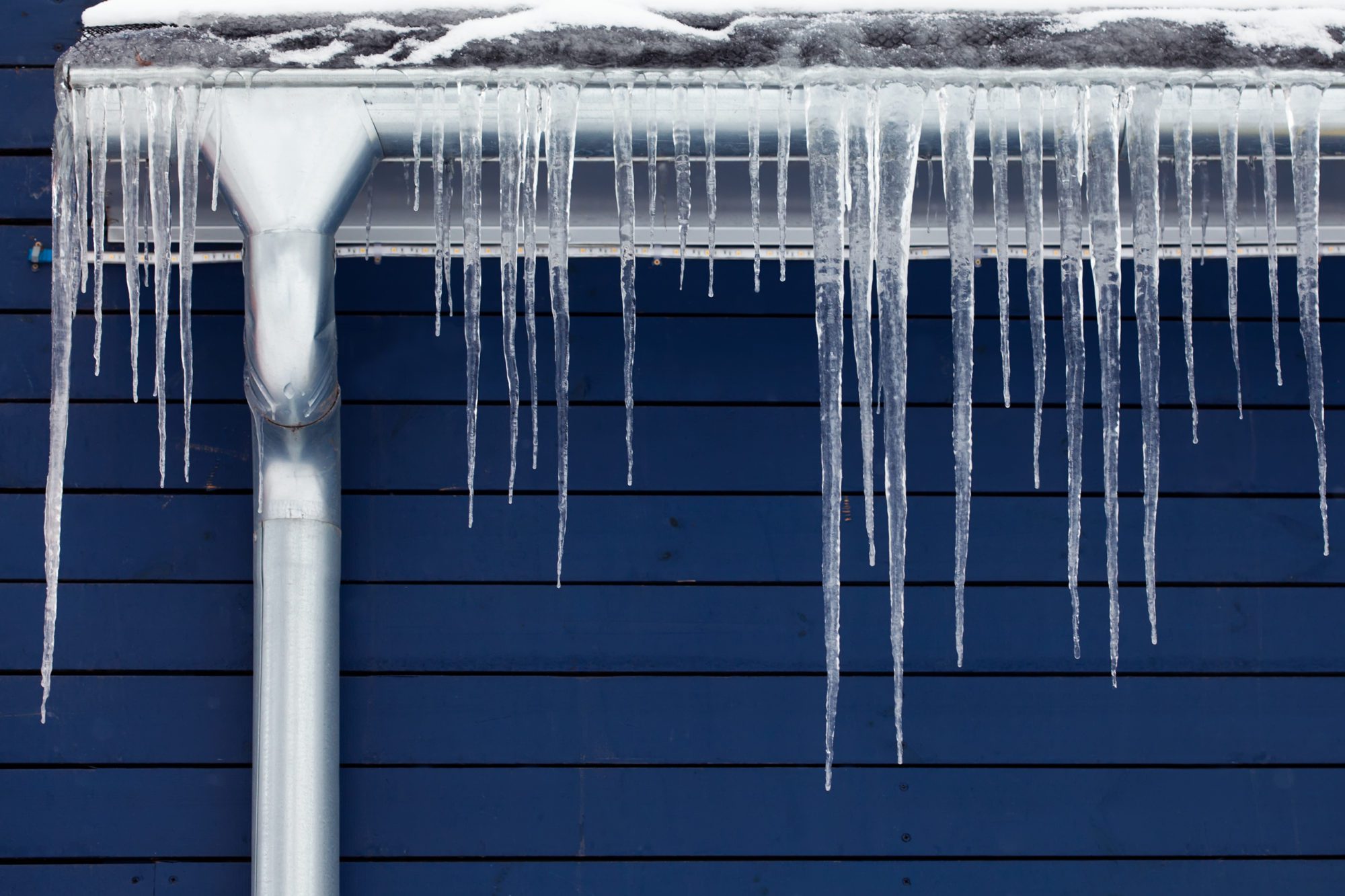Important Tips to Protect Against Frozen Pipes in Cold Weather
Important Tips to Protect Against Frozen Pipes in Cold Weather
Blog Article
The article down below on the subject of How To Avoid Freezing Pipes is highly intriguing. Don't bypass it.

Cold weather can ruin your plumbing, specifically by freezing pipes. Right here's just how to stop it from taking place and what to do if it does.
Intro
As temperature levels decrease, the threat of icy pipelines boosts, possibly causing pricey repair work and water damage. Understanding exactly how to avoid frozen pipelines is essential for homeowners in chilly environments.
Avoidance Tips
Shielding at risk pipes
Cover pipes in insulation sleeves or make use of warmth tape to protect them from freezing temperature levels. Concentrate on pipes in unheated or external locations of the home.
Home heating strategies
Keep indoor spaces adequately heated, particularly locations with plumbing. Open up closet doors to permit cozy air to flow around pipes under sinks.
Just how to recognize frozen pipes
Look for reduced water flow from taps, unusual smells or noises from pipes, and noticeable frost on revealed pipelines.
Long-Term Solutions
Architectural adjustments
Consider rerouting pipelines far from outside wall surfaces or unheated areas. Add extra insulation to attics, cellars, and crawl spaces.
Updating insulation
Purchase premium insulation for pipes, attic rooms, and wall surfaces. Appropriate insulation aids preserve consistent temperature levels and decreases the risk of icy pipes.
Shielding Outside Pipes
Yard hose pipes and exterior taps
Disconnect and drain garden pipes prior to wintertime. Mount frost-proof faucets or cover outdoor faucets with insulated caps.
Recognizing Frozen Pipelines
What creates pipes to ice up?
Pipelines ice up when revealed to temperatures below 32 ° F (0 ° C) for prolonged durations. As water inside the pipes ices up, it expands, taxing the pipeline walls and potentially causing them to break.
Risks and problems
Icy pipes can lead to water system interruptions, residential property damages, and expensive repair services. Burst pipes can flood homes and cause comprehensive structural damages.
Indications of Frozen Pipes
Identifying frozen pipes early can avoid them from breaking.
What to Do If Your Pipes Freeze
Immediate activities to take
If you think icy pipes, maintain faucets available to alleviate pressure as the ice thaws. Utilize a hairdryer or towels taken in warm water to thaw pipes gradually.
Conclusion
Preventing icy pipelines calls for proactive measures and quick responses. By recognizing the reasons, indications, and preventive measures, homeowners can protect their pipes throughout cold weather.
5 Ways to Prevent Frozen Pipes
Drain Outdoor Faucets and Disconnect Hoses
First, close the shut-off valve that controls the flow of water in the pipe to your outdoor faucet. Then, head outside to disconnect and drain your hose and open the outdoor faucet to allow the water to completely drain out of the line. Turn off the faucet when done. Finally, head back to the shut-off valve and drain the remaining water inside the pipe into a bucket or container. Additionally, if you have a home irrigation system, you should consider hiring an expert to clear the system of water each year.
Insulate Pipes
One of the best and most cost-effective methods for preventing frozen water pipes is to wrap your pipes with insulation. This is especially important for areas in your home that aren’t exposed to heat, such as an attic. We suggest using foam sleeves, which can typically be found at your local hardware store.
Keep Heat Running at 65
Your pipes are located inside your walls, and the temperature there is much colder than the rest of the house. To prevent your pipes from freezing, The Insurance Information Institute suggests that you keep your home heated to at least 65 degrees, even when traveling. You may want to invest in smart devices that can keep an eye on the temperature in your home while you’re away.
Leave Water Dripping
Moving water — even a small trickle — can prevent ice from forming inside your pipes. When freezing temps are imminent, start a drip of water from all faucets that serve exposed pipes. Leaving a few faucets running will also help relieve pressure inside the pipes and help prevent a rupture if the water inside freezes.
Open Cupboard Doors
Warm your kitchen and bathroom pipes by opening cupboards and vanities. You should also leave your interior doors ajar to help warm air circulate evenly throughout your home.

I am very inquisitive about Prevent Frozen Pipes and I hope you enjoyed my piece. Are you aware of another individual who is fascinated by the subject? Why not share it. We take joy in your readership.
Browse Our Site Report this page